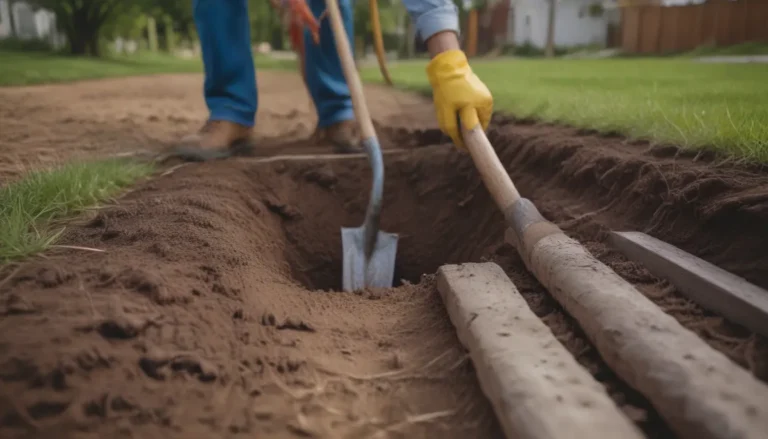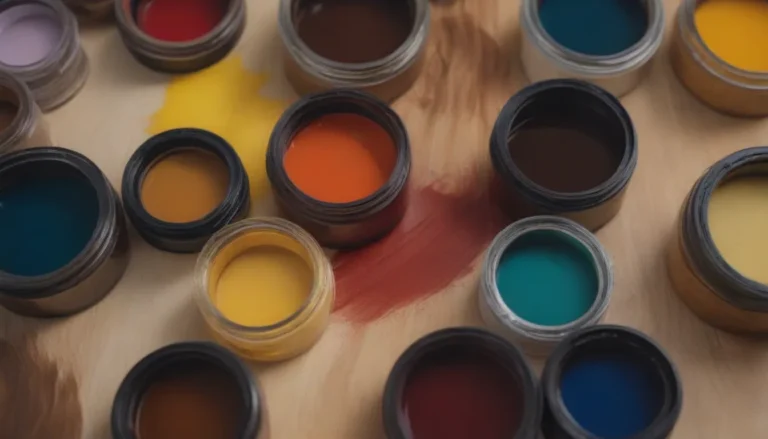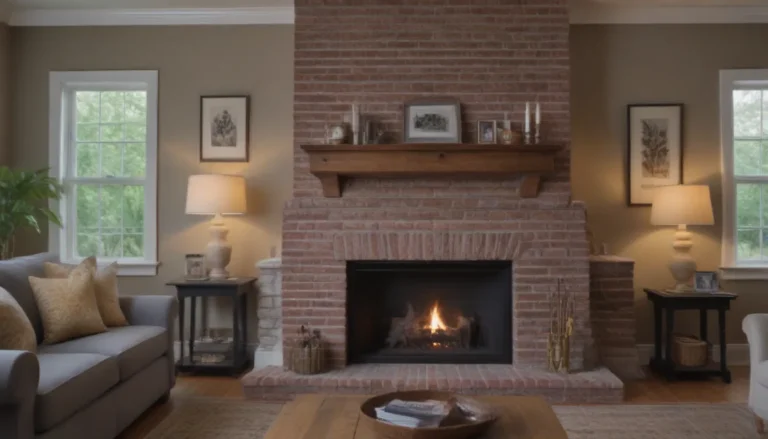The Benefits of Low-E Film for Windows: Energy Efficiency and Cost Savings

Are you tired of the sun beating down on your house, filling your home with heat and damaging your belongings with harmful UV rays? If so, then you may want to consider investing in low-E film for your windows. Low-E film is a cost-effective alternative to installing factory-made low-E-coated windows and can help you mitigate heat and UV damage. In this article, we will explore what low-E film is, how it can benefit you, its cost, installation process, and the pros and cons of using low-E film.
What is Low-E Film?
Low-E film, also known as sun or climate control window film, is a thin plastic or metallic layer applied to the inside of a window to improve comfort, privacy, safety, and security. This film saves energy by blocking up to 99 percent of UV rays that would ordinarily pass into your home. The term “Low-E” stands for low emissivity, which means the film contains materials like metal or metal oxides that counteract UV rays. Manufacturers claim that low-E films can reflect between 70-80% of solar heat gain in the summer or conserve over 50% of interior heat in the winter. By installing low-E film on your windows, you can enjoy energy efficiency benefits and long-term savings in energy costs.
Types of Low-E Film
- Metal alloys that peel and stick
- Vinyl window tint film that adheres by static cling
How Does Low-E Film Benefit You?
By installing low-E film on your windows, you can experience a range of benefits, including:
– Protection from UV rays: Low-E film blocks up to 99% of harmful UV rays, which can damage furniture, flooring, and artwork.
– Reduction in solar heat gain: Low-E film can reflect a significant amount of heat, keeping your home cooler in the summer.
– Increased privacy: Low-E film can reduce glare in a room while still allowing natural light to enter.
– Energy savings: Low-E film helps reduce energy loss through windows, leading to lower energy bills.
– Preservation of belongings: By blocking UV rays, low-E film helps preserve the color and condition of your furniture and flooring.
How Much Does Low-E Film Cost?
The cost of installing low-E film on your windows typically ranges from $4 to $19 per square foot for both materials and labor. While this cost may vary depending on the provider, it is significantly lower than replacing your windows with factory-made low-E glass windows, which can cost between $40 to $55 per square foot. Windows with low-E coatings are generally more expensive than regular windows but can reduce energy loss by 30% to 50%. In the United States, low-E film is only available to professional window installers.
Installing Low-E Film for Windows
In countries like the United Kingdom, applying low-E film can be a DIY project. However, in the United States, these films are typically installed by professional window installers. The process of applying low-E film is similar to installing a screen protector on a cell phone or tablet, but on a larger scale. While low-E film is relatively easy to apply, it may take time to ensure a bubble-free application and proper adhesion at edges and corners.
Considerations Before Installing Low-E Film
Before installing low-E film on your windows, consider the following factors:
– Climate and sun exposure: The effectiveness of low-E film may vary based on the climate where you live and the orientation of your windows.
– Solar heat gain coefficient (SHGC): Consider the SHGC rating of your windows to understand how much solar radiation passes through.
– Visible transmittance (VT): VT measures how much visible light passes through a window and can impact your home’s electric bills.
Pros and Cons of Low-E Film
Pros:
- Blocks UV rays
- Reduces solar heat gain; keeps house cooler
- Protects surfaces of home interior
- Easy for installers to apply
- Non-permanent attachment
- Saves energy costs
- Less expensive than low-E glass
Cons:
- Casts tint in house or gives external mirror-like reflection
- Must be professionally installed in the United States
- Houseplants receive less light
- May void window warranty
Low-E Film vs. Window Insulation Film
It’s essential to differentiate between low-E film and window insulation film to choose the right product for your needs. While low-E film can provide energy efficiency benefits and UV protection, it does not address drafts or cold air infiltration. Window insulation film, on the other hand, is designed to insulate and tighten your home’s envelope, reducing drafts and improving energy efficiency. Consider using window insulation film, caulk, or weather stripping to address draft issues in your home.
In conclusion, low-E film for windows is a cost-effective way to improve energy efficiency, protect your home from UV damage, and save on energy costs. While low-E film may not be available for DIY projects in the United States, it offers significant benefits when professionally installed. By considering the pros and cons of low-E film and understanding its impact on your home, you can make an informed decision about whether to invest in this energy-saving solution.





